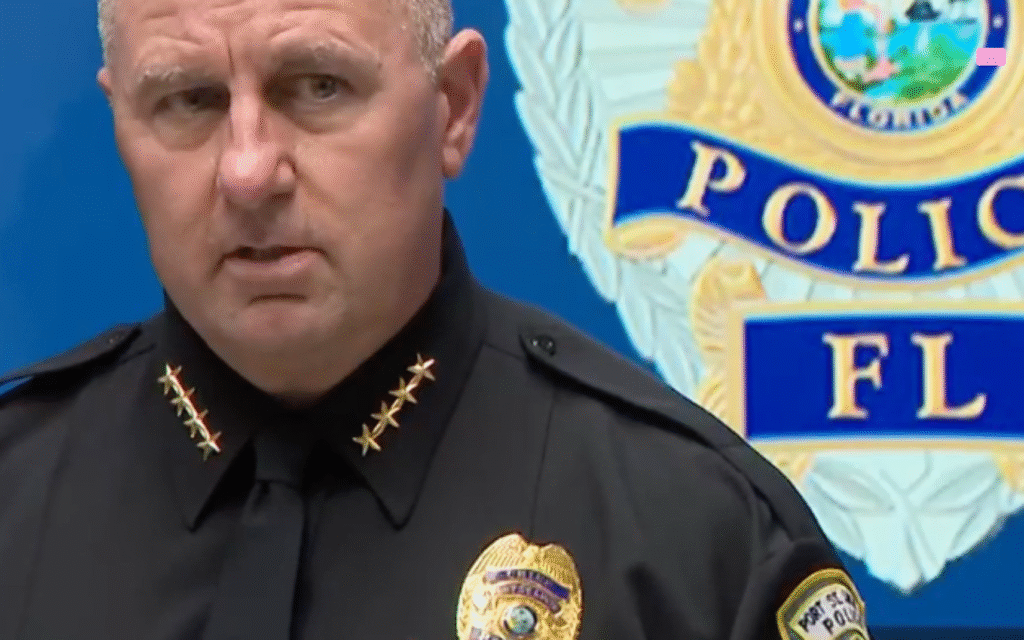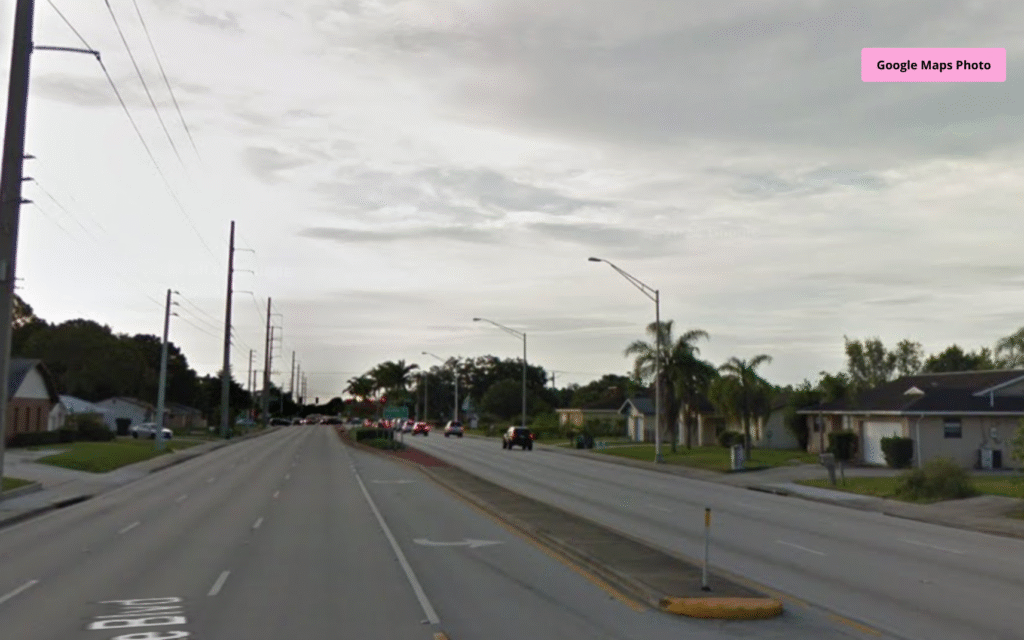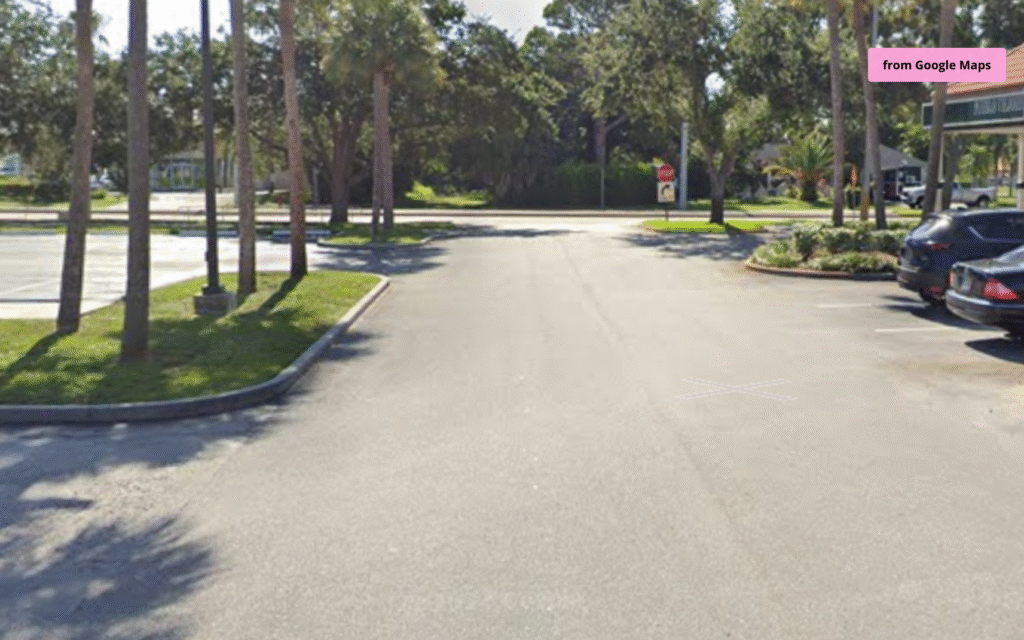A 14-year-old student was arrested in Port St. Lucie after posting a bomb threat targeting Southport Middle School on TikTok, according to the Port St. Lucie Police Department. The incident, which occurred on October 19, 2025, raised significant concerns about school safety and the use of social media to spread threats.
Port St. Lucie Bomb Threat Prompts Police Investigation
The main keyword, Port St. Lucie bomb threat, is central to this case. The threat was posted as a video on TikTok, with text indicating that Southport Middle School would be bombed on a specific date. According to police officials, the message referenced “Monday the 20th,” causing immediate alarm among parents, students, and school staff.
Authorities reported that the video quickly circulated within the school community. The Port St. Lucie Police Department received numerous calls from concerned parents, which led to a swift investigation.
How Police Traced the TikTok Bomb Threat
According to a preliminary report from the Port St. Lucie Police Department, investigators traced the TikTok account responsible for the threat. The account, which used a fake name, was linked to a 14-year-old student at Southport Middle School within five hours of the initial report.
Police officials indicated that no explosives or dangerous materials were found during the investigation. The threat was determined to be a hoax, but law enforcement emphasized that such incidents are treated with full seriousness due to the potential for panic and disruption.
Charges Filed After Port St. Lucie Bomb Threat
The student was charged with a felony count related to making electronic threats to kill, do bodily injury, or conduct an act of terrorism under Florida law. According to police, the student was taken into custody and transported to the Department of Juvenile Justice. The court will determine any further consequences in accordance with state law.
School Security Measures Increased at Southport Middle School
Following the bomb threat, extra security was deployed at Southport Middle School to ensure the safety of students and staff. The St. Lucie County School District worked closely with local law enforcement to monitor the situation and maintain a secure environment.
Officials reported that school operations resumed with heightened vigilance. Communication with parents and guardians was prioritized to address concerns and provide updates as the investigation continued.
Community Response to Bomb Threat in Port St. Lucie
The incident generated fear and anxiety among students and parents throughout Port St. Lucie. Community members expressed support for the rapid response by police and school authorities. Many parents contacted the school and law enforcement to seek reassurance about ongoing safety measures.
According to officials, the case highlights the importance of immediate reporting and cooperation between families, schools, and law enforcement agencies when threats are identified.
Social Media and School Threats: A Growing Concern
Law enforcement and school officials noted that this arrest follows a similar recent case in the area involving another juvenile making online threats against a school. The use of social media platforms like TikTok to issue threats has become a growing concern for schools in Port St. Lucie and across Florida.
Experts emphasize that even hoax threats can cause significant disruption. According to police, every threat is investigated thoroughly to ensure the safety of students and staff, and to avoid overlooking genuine risks.
Legal Consequences for Electronic Threats in Florida
Under Florida law, making electronic threats to harm or conduct acts of terrorism is a felony offense. Authorities stress that such actions, even if intended as pranks, can result in severe legal and personal consequences for juveniles and their families.
Officials reported that the case serves as a reminder of the importance of responsible social media use and the potential impact of online behavior on school safety.
Ongoing Investigation and Official Updates
The Port St. Lucie Police Department continues to monitor the situation. Details may be updated as the investigation continues. All information is based on official sources and preliminary reports at this time.
Frequently Asked Questions About Port St. Lucie Bomb Threat
What happened during the Port St. Lucie bomb threat at Southport Middle School?
A 14-year-old student posted a bomb threat video on TikTok targeting Southport Middle School. Police investigated and arrested the student, determining the threat was a hoax.
How did police identify the student behind the bomb threat?
According to the Port St. Lucie Police Department, investigators traced the TikTok account to the student within five hours using digital evidence and account information.
Are bomb threats on social media treated seriously in PSL schools?
Yes, law enforcement and school officials treat all threats, even hoaxes, with full seriousness. Extra security and thorough investigations are standard responses.
Can juveniles face felony charges for making online threats in Florida?
Yes, making electronic threats to harm or commit acts of terrorism is a felony under Florida law, even for juveniles. Consequences can include arrest and court proceedings.
What steps did Southport Middle School take after the bomb threat?
The school increased security and worked with police to ensure student safety. Parents were kept informed as the investigation continued, according to school officials.
































